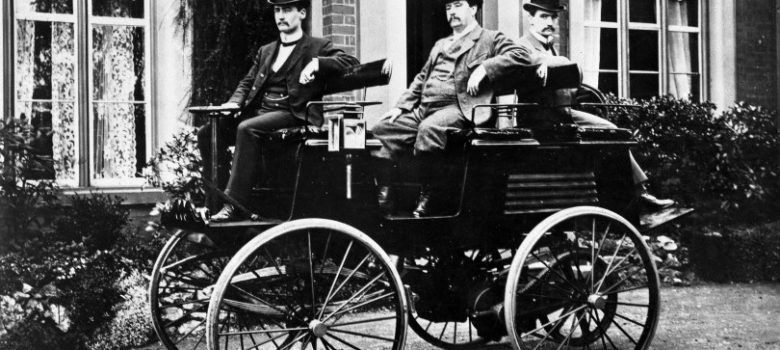
The concept of electric cars may feel like a new one, but in fact the idea of vehicles run partly or wholly on electricity has been around since the 19th century. We’ve come a long way since then, especially in the past few years – there are around 212,000 plug-in vehicles on the roads in the UK today compared with just 3,500 in 2013. We have improved charging facilities, technological advancement, and improved public image to thank for this sudden upswing in the popularity of electric cars.
These advancements have resulted in a much greater range of vehicles and distinctly different approaches to engine design, leaving many of us keen to join the growing number of people embracing this economical and environmentally sound solution but not knowing where to start in selecting one. If you’re one of the thousands of people asking “What kind of electric car is for me?” then you’ve come to right place. We’re here to give you a brief rundown of how the different styles operate and review their strengths and limitations.
Battery Electric Cars (BEV)
Sometimes referred to as the plug-in cars, battery electric vehicles (BEVs) are entirely dependent on chemical/electrical energy. Taking the majority of their power from the grid, they’re also capable of recharging their batteries through regenerative braking, which takes the kinetic energy expending when intentionally slowing a moving a vehicle and stores it for use in the chemical battery.
BEVs produce zero emissions and release nothing into the atmosphere, making them by far the most environmentally sound type of electric car. Anyone producing their own electricity can also therefore essentially run a BEV for free. However, charging time is long and the lack of a backup power source does limit the possible range – longer trips have to be planned around charging stations and charging times.
While the limitations of the exclusively electric powered models puts some people off, the success of the wildly popular Nissan Leafproves that many still consider the electric-only option to be perfect for short journeys and the environmentally motivated.
Hybrid Electric Cars (HEV)
Depending on the model hybrids operate in different ways, but the theory behind them remains the same; the hybrid electric vehicle (HEV) is composed of two engines working in tandem – a conventional combustion engine system with an electric propulsion system. Working together this creates a significantly more fuel efficient vehicle and, crucially, has a lower environmental impact than traditional combustion engine cars.
Technological advances over recent years have improved hybrid systems immensely, cutting emissions down massively and improving the dynamism of the petrol engines. In many of these newer cars the electric element provides the foundation while the traditional engine takes a backseat, making itself known only when required for higher intensity actions and speeds.

Extended Range Electric Cars (E-REV)
We’ve told you about extended range electric vehicles (E-REVs) before, but they continue to be an excellent alternative to traditional hybrids. Rather than using both engine types to power the vehicle, E-REVs rely exclusively on the electric propulsion system until such point as the charge drops too low. Only then does the secondary, traditional engine kick in, taking over where the electric stops. Just like the plug-in electric cars, E-REVs can be recharged at home or at local charging stations, and just like a hybrid can also be filled with gasoline.
Though improved technology has increased the range of standard electrical propulsion and decreased the demand for a gasoline engine, these range-extended electric cars can still be the best option for drivers who require the flexibility of a hybrid without without wanting to give up the fuel efficiency and environmental status of an electric car.
With all the different running options now available on modern hybrids, the differences between E-REVs and HEVs are becoming less important – many hybrids now feature the option to run in the same way as an extended range vehicle. The primary thing to remember is that is that an E-REV will always run the electric engine out first, as opposed to a hybrid which is designed to use both together.
Which Type of Electric Car is Right For Me?
As with any rapidly advancing technology, electric cars are changing and improving all the time. Other types of electric car not covered above include fuel cell electric vehicles (FCEVs), which uses hydrogen to produce electricity, and ultra low emission vehicles (ULEVs), which covers any vehicle that emits less than 75g of CO2/km.
In the end it comes down to lifestyle, usage, and facilities. An electric car can be a wonderful thing but those in rural locations might struggle to keep it charged and powered during longer trips, while hybrids and extended range electric cars offer a cure to range anxiety but won’t exclude you from the tax breaks awarded to their zero-emission cousins. Whatever you choose to go for one thing is for certain; electric cars are here to stay.
Think we missed something? Do you have a different opinion?
Comment below to get your voice heard…












No Comments yet! Be the first one.